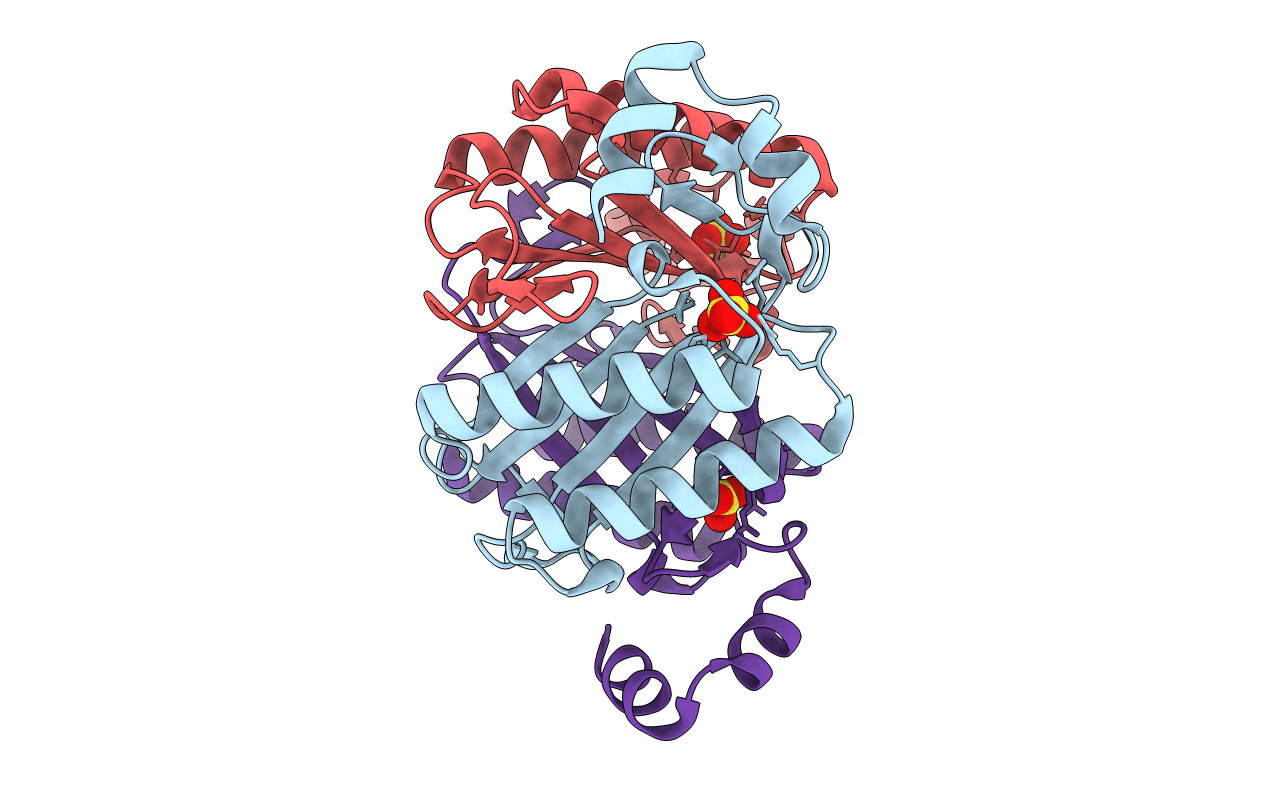
Deposition Date
2021-03-22
Release Date
2021-06-02
Last Version Date
2023-10-18
Entry Detail
PDB ID:
7M58
Keywords:
Title:
Crystal structure of N1, a member of cis-3-chloroacrylic acid dehalogenase (cis-CaaD) family
Biological Source:
Source Organism:
Host Organism:
Method Details:
Experimental Method:
Resolution:
2.45 Å
R-Value Free:
0.26
R-Value Work:
0.19
R-Value Observed:
0.20
Space Group:
P 21 21 21


